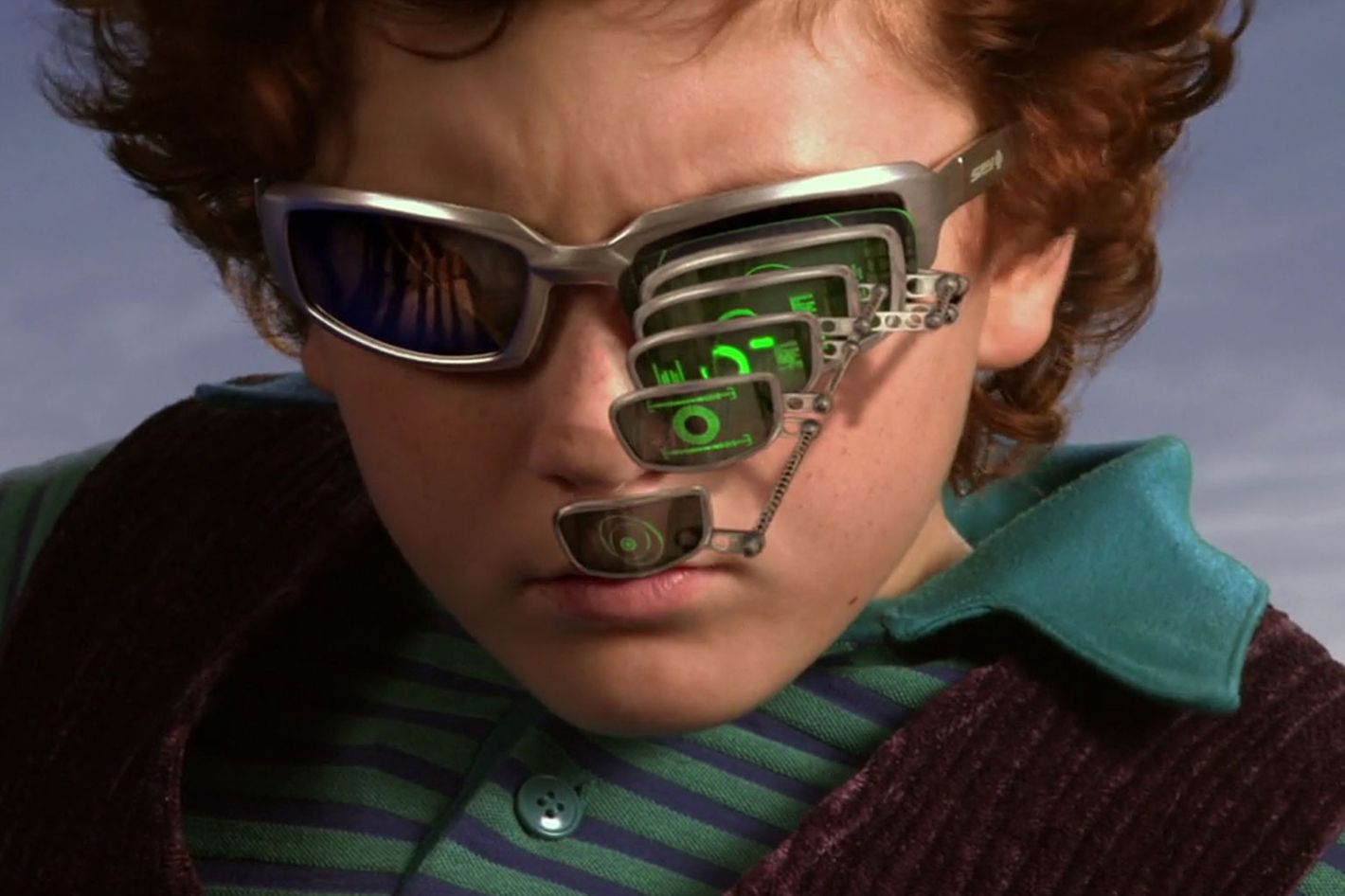
Damaged optic nerves prevent the transmission of signals from the retina to the "visual center" of the brain. The Gennaris Bionic Vision System can work around this limitation to improve physiological conditions that were previously untreatable.
What does it look like and “what is it eaten with”?
The system consists of a specially designed “headgear” with a camera and wireless transmitter, a video processor, software and a set of 9x9mm tiles that are implanted directly into the brain.

The image captured by the device's video camera is sent to a machine vision processor (the size of a smartphone), where it is processed to extract the most useful information. The processed data is transmitted wirelessly to the circuits within each implanted tile. This process converts the data into a train of electrical impulses that will stimulate the brain using hair-thin microelectrodes.
“Cortical vision prostheses are designed to restore visual perception in those who have lost their eyesight by delivering electrical stimulation to the visual cortex, the region of the brain that receives, integrates and processes visual information. Our device creates a visual pattern from combinations of up to 172 light spots (phosphenes) that provide a person with information to navigate indoors and outdoors, as well as recognize the presence of people and objects around them , ”said Arthur Lowry, professor at Monash University, Faculty engineering of electrical and computer systems.
The researchers also hope to adapt the system to help people with terminal neurological conditions such as paralysis of the limbs. Development should help them regain mobility.
Myth or real application?

The system has already demonstrated its effectiveness in preclinical studies: 10 of these devices were implanted in sheep, and no adverse health effects were observed in the subjects after more than 2,700 hours of stimulation. Of course, there are still a number of stages to go through before the technology goes into mass production. The next such stage is the process of extensive clinical trials in humans, which will take place in Melbourne.
Somewhere we heard it ...

If this news sounds familiar to you, it could be related to the recent announcement by Elon Musk about Neuralink's intention to use a similar brain implantation technology. The company also announced the start of testing its coin-sized design on pigs. The researchers' ultimate goals are similar: to overcome biological limitations associated with the brain, including vision loss and paralysis.
Presentation of the device from Neuralink.
A similar development of a brain implant, a “visual prosthesis,” has also been unveiled by scientists at Baylor College of Medicine in Houston. Their design allowed people who were blind to see the shape of the letters .
What do you think of the trend to “improve” a person? Share your opinion in the comments!
List of references:
- Monash [ ]. URL: www.monash.edu/news/articles/opening-eyes-to-a-frontier-in-vision-restoration
- Researchers ready world-first vision restoration device for human clinical trials [ ]. URL: techcrunch.com/2020/09/15/researchers-ready-world-first-vision-restoration-device-for-human-clinical-trials
- Doctors Are Preparing to Implant the World’s First Human Bionic Eye [ ]. URL:https://futurism.com/doctors-preparing-implant-the-worlds-first-human-bionic-eye